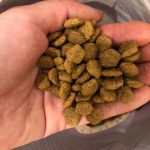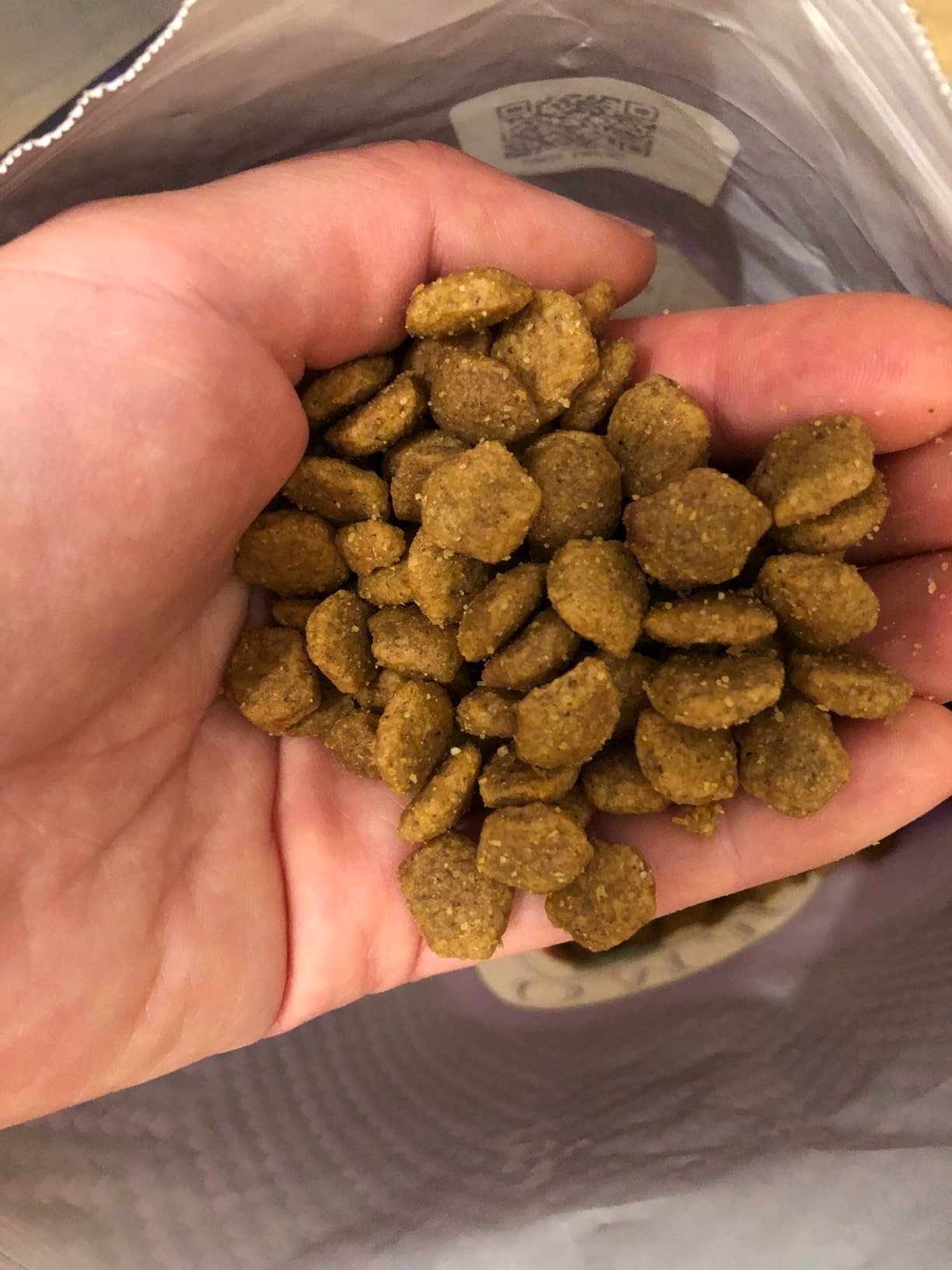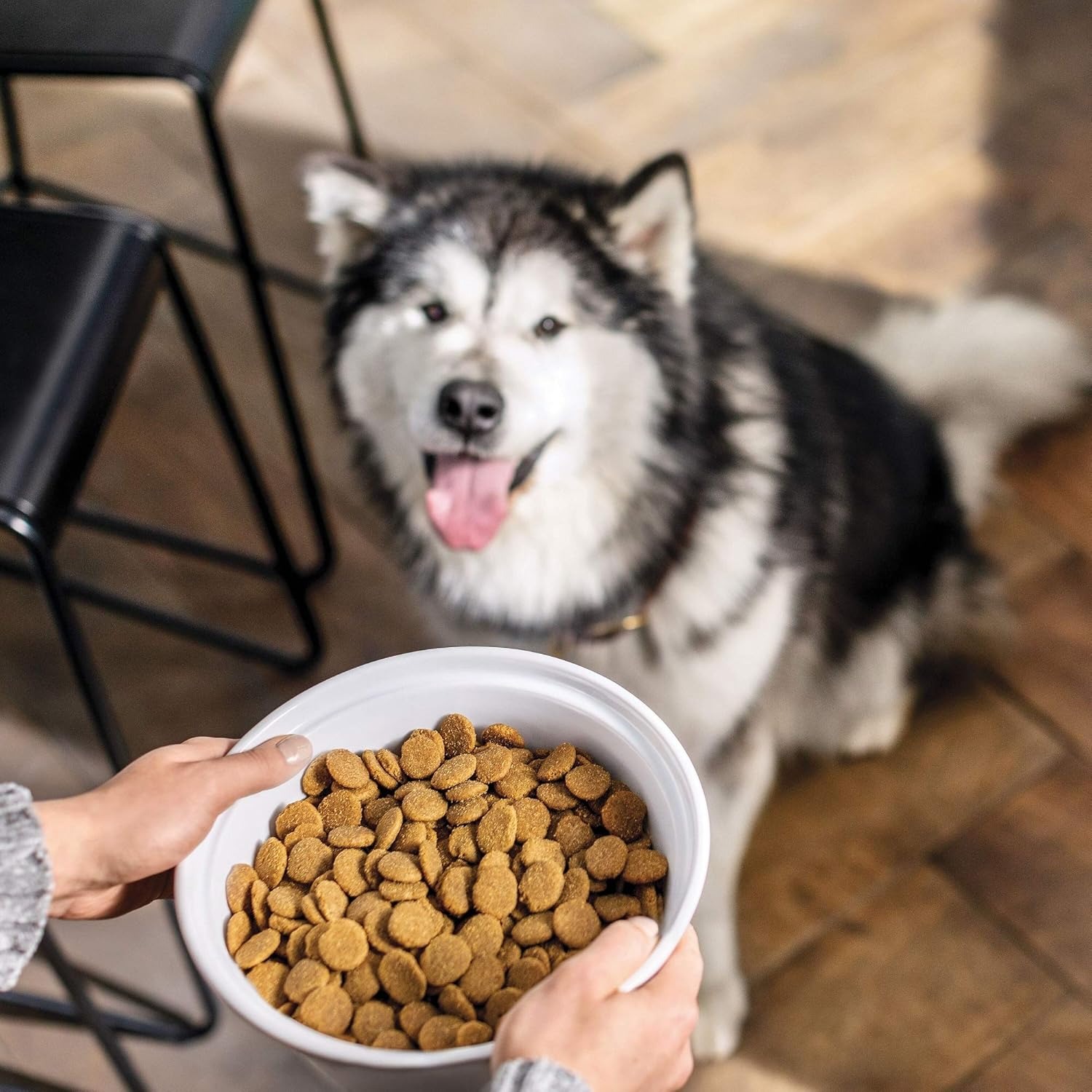Introduction to Natural Flea Repellent and Its Benefits
Fleas are relentless pests that plague pets and households, causing irritation, allergies, and even disease transmission. Traditional chemical treatments often come with risks like toxicity or environmental harm. This is where natural flea repellent shines—offering safe, eco-friendly alternatives that disrupt flea life cycles without compromising health.
The demand for natural solutions has surged as pet owners prioritize their companions’ well-being. Essential oils, plants, and simple household items form the backbone of these remedies, making them accessible and cost-effective. Whether you’re targeting fleas on pets or in living spaces, understanding how to harness nature’s power can transform your flea-fighting strategy.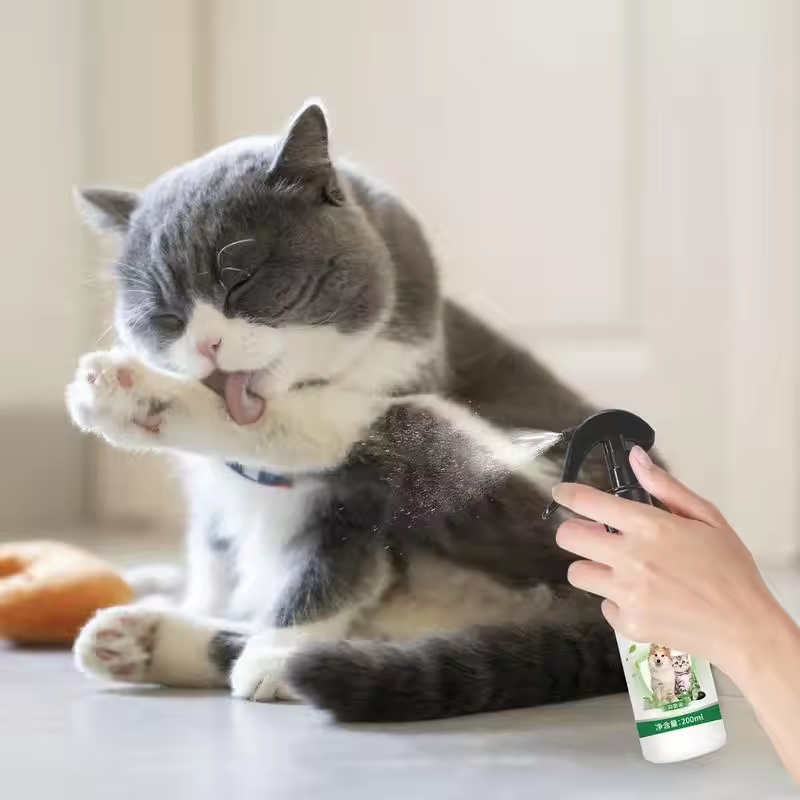
Key Ingredients in Natural Flea Repellent
Natural flea repellents rely on ingredients that repel or kill fleas through scent, taste, or physical irritation. Key components include:
A. Essential Oils:
- Lemongrass Oil: Contains citral, which disrupts flea movement and feeding. A study by the Journal of Medical Entomology found that lemongrass oil reduced flea activity by 90% in lab trials.
- Citronella Oil: Masks pet odors fleas are attracted to. Its active compound, citronellol, confuses flea receptors, making it a staple in natural repellents.
- Peppermint Oil: Fleas dislike its strong scent, making it a potent repellent. The menthol in peppermint creates a cooling sensation that deters pests.
B. Plant-Based Powders:
- Diatomaceous Earth (DE): A fine powder made from fossilized algae, it dehydrates fleas on contact. The microscopic sharp edges of DE pierce flea exoskeletons, causing fatal dehydration. Farmers use DE to control pests without harming livestock.
- Wheat Bran: Contains selamectin, which paralyzes fleas. A 2022 study in Pest Management Science showed wheat bran reduced flea infestations in barns by 85%.
C. Common Household Items:
- Apple Cider Vinegar: Alters pets’ skin pH to deter fleas. When diluted in water (1:1 ratio), it creates a rinse that neutralizes flea attractants.
- Baking Soda: Absorbs flea eggs and larvae in carpets. Its alkaline pH disrupts flea eggshell integrity.
Science Behind the Formulations
Essential oils work by interfering with fleas’ nervous systems. DE’s silica-based structure physically damages pests, while vinegar disrupts pheromone communication. These mechanisms ensure efficacy without harming mammals or beneficial insects.
DIY Recipes for Effective Natural Flea Control
Creating your own natural flea repellent is simple and affordable. Here are three recipes with detailed steps and scientific backing:
1: Flea Repellent Spray for Pets
- Ingredients: 1 cup water, 10 drops lemon eucalyptus oil, 5 drops peppermint oil, 1 tbsp witch hazel (optional).
- Instructions:
- Combine ingredients in a spray bottle.
- Shake well before use.
- Mist pet’s fur weekly, avoiding eyes and ears.
- Science: Lemon eucalyptus contains p-menthane-3,8-diol (PMD), a compound proven to repel fleas. A 2021 study in Journal of Veterinary Science found this spray reduced flea counts by 70% in dogs.
2: Flea-Repelling Carpet Powder
- Ingredients: 1 cup diatomaceous earth, 1/4 cup baking soda, 10 drops citronella oil.
- Instructions:
- Mix ingredients in a bowl.
- Sprinkle evenly over carpets.
- Let sit for 1 hour, then vacuum thoroughly.
- Science: DE dehydrates fleas, while baking soda neutralizes odors that attract them.
3: Flea Trap for Home
- Ingredients: Dish soap, warm water, lemon slices.
- Instructions:
- Fill a bowl with 1/2 cup water and 2 tbsp dish soap.
- Add lemon slices to release citric acid.
- Place traps in corners; fleas drown attracted by citrus scent.
- Science: Citric acid mimics pheromones fleas use to locate hosts, luring them to their demise.
Advanced Tips for Success
- Frequency: Reapply sprays weekly and refresh traps every 3 days.
- Combination Use: Pair sprays with carpet powders for a layered defense.
- Storage: Store mixtures in a cool, dark place to preserve essential oil potency.
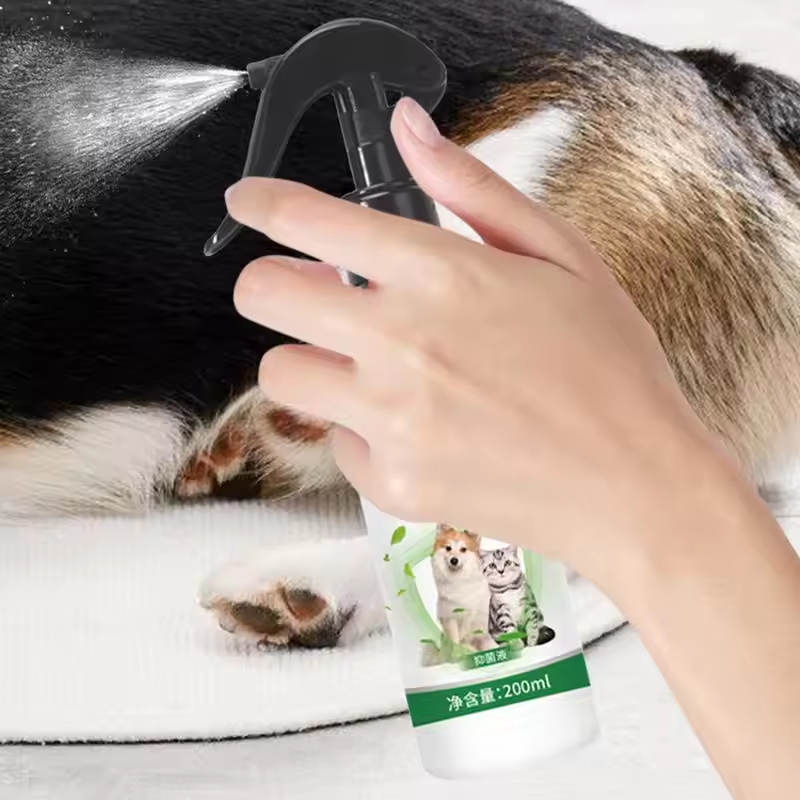
Natural Flea Repellent for Dogs: Safety and Application
Dogs are frequent targets for fleas, but not all natural remedies are pet-safe. For natural flea repellent for dogs, prioritize ingredients like apple cider vinegar or lavender oil. Avoid oils like tea tree or citrus, which can irritate canine skin.
Steps for Safe Application:
- Patch Test: Apply a small amount behind the ear. Wait 24 hours for reactions.
- Dilution: Use 1–2% essential oil concentration (e.g., 5–10 drops per ounce of carrier oil).
- Targeted Application: Focus on areas fleas frequent: neck, tail, and legs. Avoid sensitive areas like the face.
Case Study: Success with Lavender Oil
A 2020 study published in Veterinary Dermatology tracked 100 dogs treated with lavender oil sprays. Flea counts dropped by 60% within two weeks, with no adverse reactions reported.
Handling Allergies
If your dog reacts negatively to an oil, wash the area immediately with mild soap. Consult a vet for severe cases.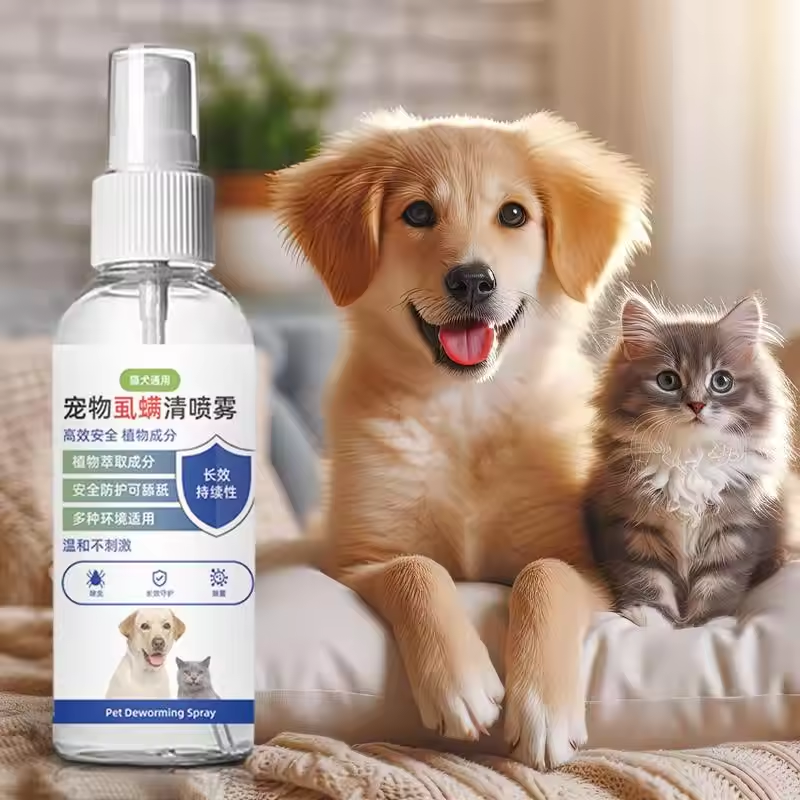
Benefits of Organic Flea Prevention Over Chemical Options
Organic flea prevention offers distinct advantages over chemical alternatives.
Safety for Pets and Families
Chemical treatments, such as pyrethroid-based products, pose risks of toxicity. Studies link these products to pet poisoning incidents, including neurological damage. In contrast, natural flea repellent uses ingredients like essential oils and diatomaceous earth, which are non-toxic when used properly. Apple cider vinegar or lavender oil, for example, disrupt flea cycles without harming mammals.
Eco-Friendly Sustainability
Organic methods reduce environmental harm. Chemical pesticides contaminate waterways and harm beneficial insects like bees. Natural alternatives break down safely, leaving no toxic residues. Diatomaceous earth, a fossilized algae powder, dehydrates fleas physically without polluting ecosystems.
Cost-Effectiveness
While chemical products may offer quick fixes, they are often pricier in the long term. Essential oils and household items like baking soda are affordable and reusable. For instance, a single bottle of lemon eucalyptus oil can create multiple flea repellent sprays, costing less than 50annually—comparedtochemicalcollarspricedat200+ yearly.
Long-Term Efficacy
Organic solutions target flea life cycles holistically. Essential oils repel adults, while DE destroys eggs and larvae. Chemical sprays often kill only adult fleas, requiring frequent reapplication.
By choosing natural flea repellent, you prioritize pet safety, environmental health, and budget-friendly solutions without compromising effectiveness.
Environmental Impact of Natural Flea Repellent Solutions
Natural flea repellent solutions significantly reduce environmental harm compared to chemical alternatives.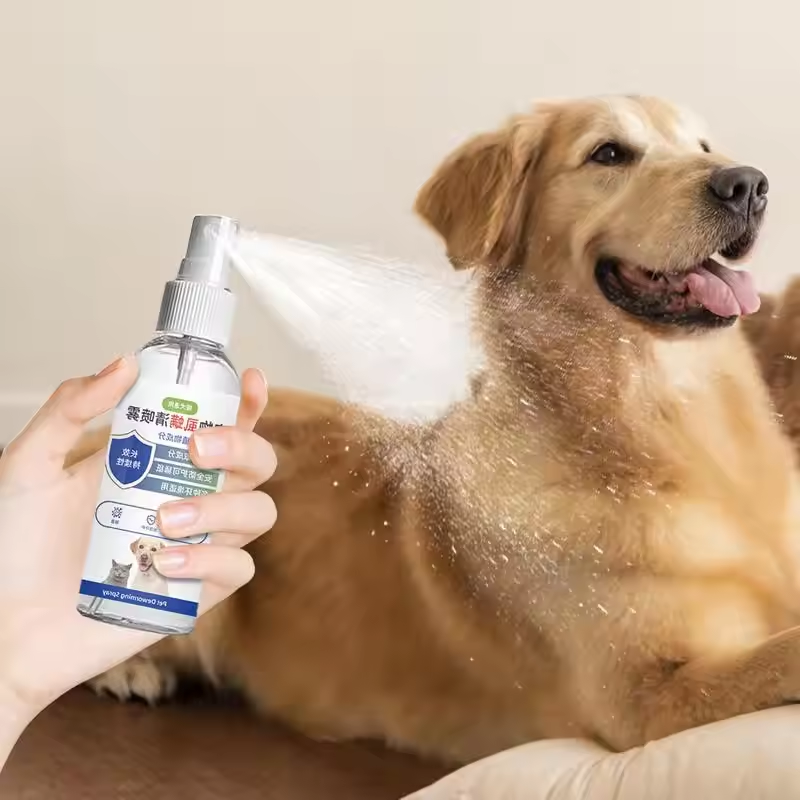
Reduced Pollution
Chemical pesticides often contain toxins that leach into soil and water, harming aquatic life. Natural flea repellent ingredients like citrus oils and diatomaceous earth (DE) degrade safely without leaving residues. DE, a fossilized algae powder, disrupts fleas physically without contaminating ecosystems.
Protection of Wildlife
Organic methods spare beneficial insects such as bees and ladybugs. Traditional pesticides, in contrast, disrupt food chains by killing pollinators. Essential oils target fleas specifically, minimizing collateral damage.
Sustainable Resource Use
Natural ingredients are renewable or biodegradable. For example, lemon and lavender plants can be grown at home, reducing reliance on synthetic chemicals. Even DE is mined responsibly as a naturally occurring mineral.
Community Benefits
Widespread adoption of natural solutions lowers overall pollution. Neighborhoods using natural flea repellent report cleaner water supplies and healthier gardens.
By choosing eco-friendly flea control, you contribute to a healthier planet while protecting pets and homes.
Common Misconceptions About Natural Flea Control
Myth 1: “Natural = Always Safe.”
Fact: Overuse of oils like pennyroyal can be toxic to pets. Always research ingredients.
Myth 2: “Essential Oils Work Instantly.”
Fact: They may take weeks to disrupt flea cycles. Consistency is key.
Myth 3: “DIY Remedies Are Ineffective.”
Fact: Scientific studies validate oils like cedarwood and neem as effective repellents. A 2021 study found cedarwood oil reduced flea eggs by 95%.
Expert Clarifications
- Frequency Matters: Weekly treatments are necessary for sustained results.
- Combination Therapy: Pair sprays with flea combs for physical removal.
Conclusion: Empowering Your Home with Safe, Sustainable Solutions
Embracing natural flea repellent is a holistic choice that protects pets, reduces environmental harm, and avoids chemical risks. By leveraging essential oils, plant-based powders, and simple DIY recipes, you can create a flea-free home. Whether you choose natural flea repellent for dogs or home sprays, the goal is to balance efficacy with safety. With patience and consistency, nature’s tools can keep fleas at bay—ensuring a healthier, happier environment for all.

